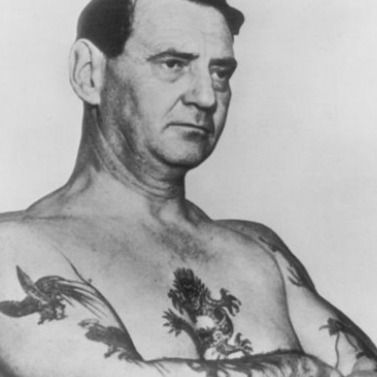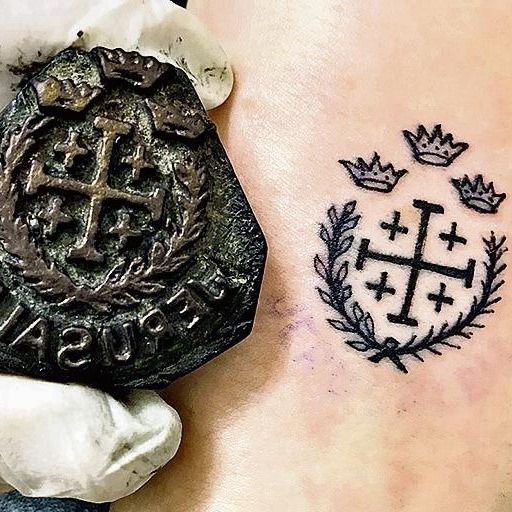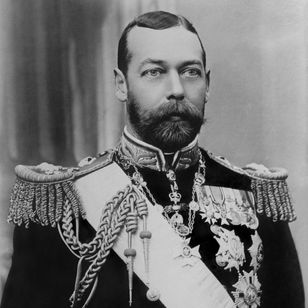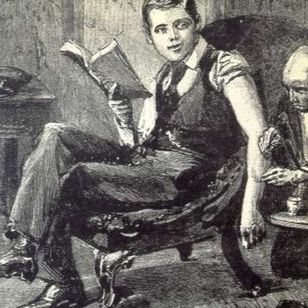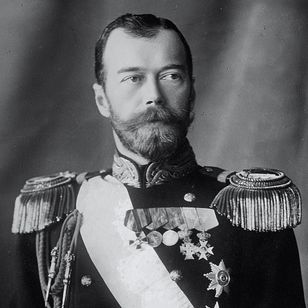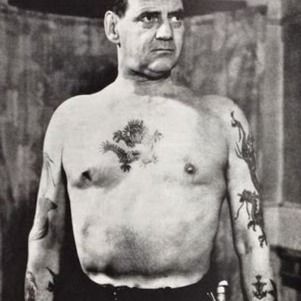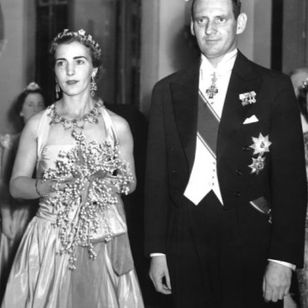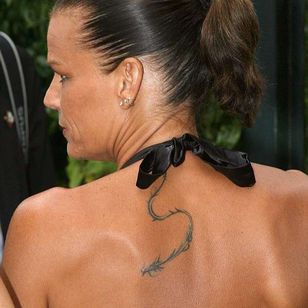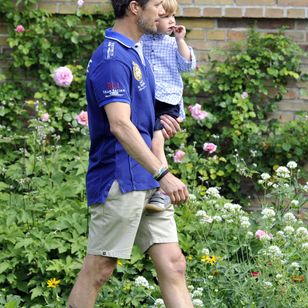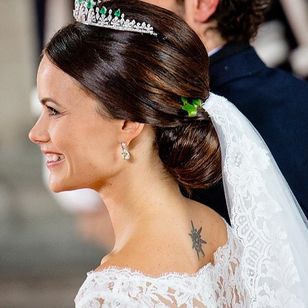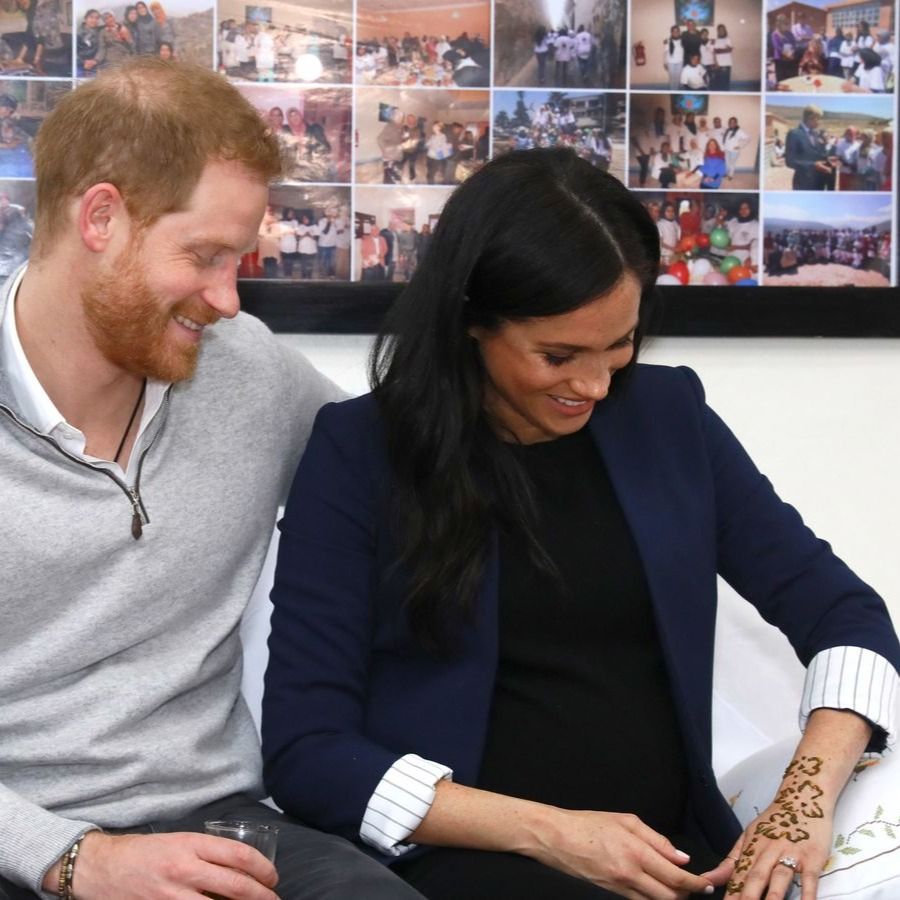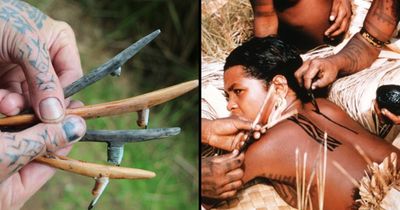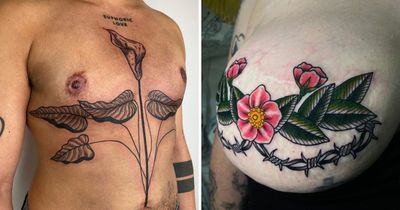Royal Rebels: Tattooed Royalty Through History
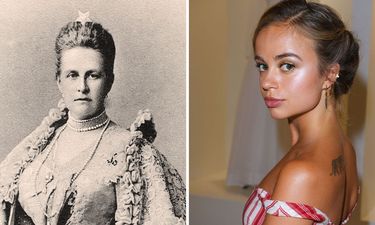
Summary
Explore the history of tattooed royalty through the ages, from the Anglo-Saxon era to the modern day.
Ever wondered whether members of the royal family are allowed tattoos or if anyone in line to the throne is harbouring secret ink? Well, there’s actually a long history of tattooing amongst royals. Read on to discover the history of tattooed royalty around the world, from the Anglo-Saxons to the Victorians and right up to the present day.
Tattoo History of Anglo-Saxon Period
King Harold II of England was the first known British royal to have tattoos. Harold Godwinson reigned for only nine months until his death at the Battle of Hastings in 1066, where his two tattoos were reportedly used to identify his body. The inked words on his chest read ‘Edith’ and ‘England’, symbolising the two most important things in his life – his wife and his country.
King Harold II depicted with an arrow through his eye at the Battle of Hastings on the Bayeux Tapestry #tattooedroyals #historyoftattoos #historictattoos #tattooedking
It’s not clear where King Harold’s interest in tattoos originated, but the trend seems to have died with him. There are no records of any Norman or Tudor royals with tattoos in the centuries that followed. In fact, interest in tattooing didn’t pique in Europe until much later.
Victorian Era Tattoos
Initially a British naval tradition amongst sailors and something primarily seen in freak shows, body art became increasingly popular during the nineteenth century. However, it wasn’t until 1862 that tattooing really gained momentum amongst the general public.
In this year, Queen Victoria’s son Albert, later King Edward VII, got a tattoo during a royal visit to the Holy Land. Coptic tattoos have a long history within Jerusalem so, while there, he had a Jerusalem cross tattooed on his arm as a symbol of his Christian faith, sparking new interest in tattoos across Europe.
Traditional Jerusalem cross tattoo – image from The Times #religioustattoos #traditionaltattoos #historyoftattooing #tattooedroyals
Twenty years later, his two sons Prince George, Duke of York and Prince Albert Victor, Duke of Clarence, followed in their father’s footsteps during their travels. Whilst serving as midshipmen on the HMS Bacchante in 1882, the teenage princes visited renowned Japanese tattoo artist Hori Chiyo at his shop in Yokohama.
Here, Prince George (later King George V), got a tiger on one arm and a large dragon in blue and red down the other, to represent East and West. According to their tutor, Reverend John Dalton, Prince Albert also had a “couple of storks” tattooed. Interestingly, it was this kind of Japanese artistry that influenced the likes of Tom Riley and Sutherland Macdonald - talented Victorian tattooists said to have tattooed members of the royal family themselves.
The princes later got Jerusalem cross tattoos like their father from the Razzouk family, who were renowned for tattooing pilgrims and whose ancestors still trade in the Holy Land today.
Unsurprisingly, by the end of the century tattoos were somewhat of a fashion statement amongst socialites, as a direct result of the tattooed royals. In his 1898 report on the state of tattooing, R.J. Stephen stated: “When royalty hangs onto a craze, you may be assured that the rest of the exclusive world of wealth and power soon follow in the same path.” And it certainly seems they did.
In Europe more broadly, there was no shortage of tattooed aristocrats and royals during the Victorian era. While many nobles had tattoos of their royal coat of arms or family crests, some were more heavily inked.
Queen Olga of Greece – Prince Philip’s grandmother – who was rumoured to have several tattoos #royalswithtattoos #historyoftattooing #tattooedqueens
The Duke of Saxe-Coburg and Gotha and his cousin Alexis of Russia, both had intricate artwork all over their bodies, while King Alexander of Yugoslavia had a vivid eagle tattooed on his chest. Even Prince Philip’s grandmother, Duchess Olga Constantinovna of Russia (later Queen Olga of Greece), is believed to have got several designs.
20th Century Tattooed Royalty
Another prominent figure with tattoos around this time was Nicholas II, Russia’s last Tsar. Before ruling his country from 1894 – 1917, Nicholas visited Japan and became interested in traditional Japanese artwork. During his stay in Nagasaki harbour in 1891, he reportedly saw an advert for a local tattoo artist in a travel guide and paid them a visit. Here, he got a large dragon tattoo on his right forearm, perhaps inspired by Prince George’s 9 years earlier…
However, the most prolific tattooed royal of the 20th century has got to be King Frederick IX of Denmark. Affectionately coined “the tattooed king”, King Frederick collected his tattoos as souvenirs of his travels whilst in the Navy. Some of his most notable pieces included a pair of dragons tattooed in Japan and Thailand and a colourful Chinese dragon on his chest.
Despite his striking tattoos and dominant stature, Frederick was reportedly a good-natured, friendly person who enjoyed the company of “normal” people. His progressive reign from 1947 -1972, saw the constitution changed to allow for female succession, the introduction of a welfare state and a government to serve the people, not the other way around.
However, despite his forward thinking, a law was introduced in 1966 which made face, neck and hand tattooing illegal in Denmark. Why? Well, it’s rumoured that parliament made the ruling to prevent the King from getting any visible tattoos and the law still stands today.
By the late 20th century, tattoos were once again making an appearance on female royals. However, unlike before, they weren’t met with such admiration. In fact, Princess Stéphanie of Monaco, the youngest child of Prince Rainier III and American actress Grace Kelly, was labelled a “royal wild child” for her unorthodox behaviour.
Princess Stéphanie has three known tattoos, including a floral wrist tattoo, dragon in the shape of an S on her upper back and dolphins leaping out of water on her foot - hardly outrageous. But, coupled with her “unroyal” lifestyle, including having children out of wedlock and later marrying a circus performer, the media ultimately deemed her a rebel princess.
However, following the tragic death of her mother in a car crash in 1982, Stéphanie explained: "I said to myself, 'This could be all over tomorrow.' Nobody has really tried to understand me or my behaviour, which just reflected my decision to enjoy life to the full." And we wonder what that would look like for other royals if they had more freedom…
Modern Day Tattooed Royals
A tattooed royal with more discreet body art is Crown Prince Frederik of Denmark. Frederik’s two tattoos were revealed during a family holiday to Australia in 2015 and like his grandfather “the tattooed king”, his ink is navy-related.
The prince has a shark on his lower leg which is the insignia of the Danish Navy’s elite frogmen and a symbol on his upper right arm which refers to his nickname: ‘Pingu’. With an interest in science and sustainability, Frederik could potentially be as revolutionary as his grandfather. However, the current heir to the Danish throne definitely prefers to keep his tattoos under wraps.
Another “rebel princess” with tattoos is former glamour model and reality TV star, Princess Sofia of Sweden. When her relationship with Prince Carl Philip was first revealed, she reportedly faced a hate storm because of her past, even in liberal Sweden. Despite the abuse she received, Sofia told reporters: “I don’t regret anything.” In fact, the down-to-earth royal proudly showed off a large sunburst tattoo on her upper back on her wedding day.
The final tattooed royal on our list is Lady Amelia Windsor. An extended member of the British royal family, Amelia is third cousin to Prince Harry and the granddaughter of Queen’s cousin, Prince Edward. As well as being 39th in line to the throne, this 25 year old royal is a student, catwalk model and Instagrammer. She has a tiger inked on her shoulder, a small rib tattoo and an outline of three bear cubs on her wrist that represent her and her two siblings.
So… are royals actually allowed tattoos? Interestingly, no other royals are known to have tattoos. Several female members of the British royal family have received temporary henna tattoos during royal visits, but nothing permanent has ever been sighted.
Harry and Meghan admiring her traditional henna tattoo in Morocco #tattooedroyals #hennatattoos #traditionaltattoos
However, several have expressed an interest in body art. In 2008, it was reported that whilst touring the Caribbean, Prince William joked that he was keen to get a large tattoo like David Beckham, but that his girlfriend wouldn’t approve. He was also urged to revive the cross tattoo tradition on a trip to Jerusalem in 2018, but he decided not to.
Similarly, Prince Philip is said to be fascinated by tattoos and was spotted admiring a soldier’s ink during a visit to the 1st Battalion Grenadier Guards in Aldershot in 2017. So, why has neither Prince taken the plunge? They’re both military men after all…
Prince Philip, Duke of Edinburgh admiring the tattoos of a soldier in Aldershot #tattooedroyals #militarytattoos #historyoftattooing
Well, we can only assume that given the strict royal dress code, tattoos are no longer deemed appropriate. At least not for those closest to the crown. As we know, bright nail varnish, excessive makeup and coloured hair are out, so we’d hardly expect tattoos to be in!
But, it does make us wonder whether any members of the British royal family would get a tattoo if they could and how allowing more room for individualism would impact one of the most conservative families in the world.
Would they be labelled “rebels” like Stéphanie and Sofia or become trendsetters like George V? Perhaps they’d even be celebrated like Frederick IX, for challenging tradition, embracing their true selves and being more relatable to everyday people. But, unless the stringent rules of royal etiquette change dramatically in the near future, it’s safe to say we’ll never know.
